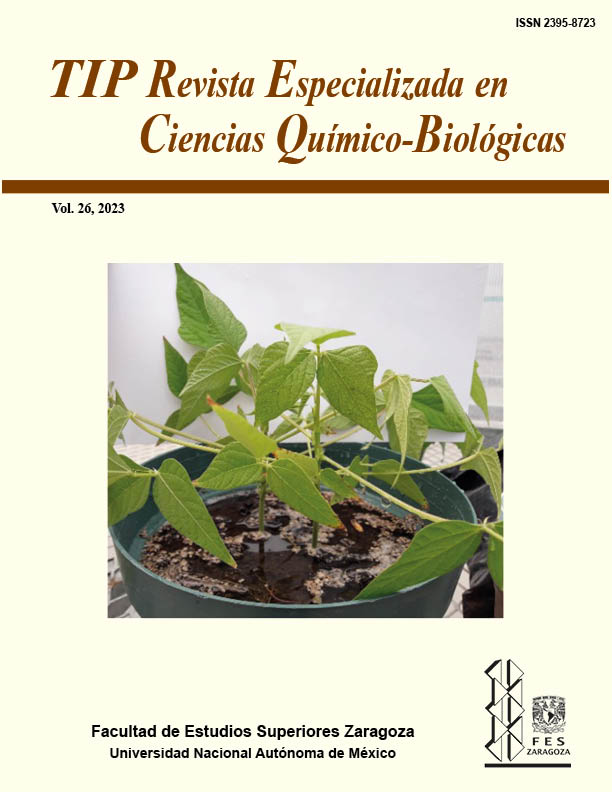Abstract
Plant-based proteins are of great interest to the world's population for being a safe and sustainable supply as they leave a smaller carbon footprint. They are found in pseudocereals: Amaranth, Quinoa, Chia and Buckwheat that have been consumed since ancient times. These plants do not belong to the cereal family, but they have similar properties and uses, however, they are currently little exploited; Their proteins with an ideal amino acid composition make them a beneficial food for human health. The objective of this review is to present what has been investigated regarding these proteins and hydrolysates, their general characteristics according to the Osborne classification (albumins, globulins, prolamins and glutelins), an evaluation after their purification and identification, the production of peptides through enzymatic hydrolysis (in vitro and in vivo), fermentation by specific microorganisms, their pharmacological activities such as antihypertensive, antidiabetic, antioxidants, anticancer, antimicrobial, among other benefits that have increased their relevance.
TIP Magazine Specialized in Chemical-Biological Sciences, distributed under Creative Commons License: Attribution + Noncommercial + NoDerivatives 4.0 International.



